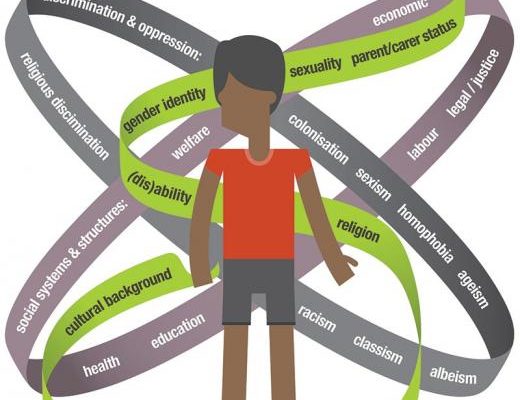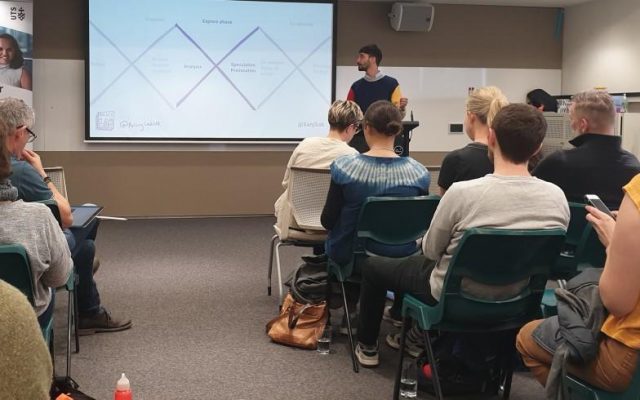
On Australia’s National Education Evidence Body
How do educators know that their chosen teaching approach works? How do they choose one approach over another? How do they know what approach will be best to serve the needs of their students? The answer should be: evidence.
A new national education evidence body called the Australian Education Research Organisation (AERO) will launch later this month. In late 2020, AERO commissioned ARTD to consult with teachers, school leaders and early childhood educators across the country to understand what research educators want and how the institute can best serve their needs.
Why was the Australian Education Research Organisation established?
The National School Reform Agreement is a joint agreement between the Commonwealth, States and Territories to lift student outcomes across Australian schools. Under the agreement there are eight national recommendations to improve student outcomes, informed by several key reviews including from the Through Growth to Achievement: Report of the Review to Achieve Excellence in Australian Schools (Gonski review).
A key recommendation was the establishment of a national education evidence body that works to ensure that all school leaders, teachers and educators have access to the best available evidence and resources, and ensures that teachers are supported to easily and effectively incorporate these into their practice in schools and early childhood services across Australia.
The Australian Education Research Organisation (AERO)
AERO will consult with education professionals, policymakers and researchers across Australia to develop and prioritise research projects based on greatest potential impact and greatest need. The aim is that the research projects will produce new evidence and/ or synthesise existing evidence on specific educational programs, techniques, or policies. AERO will then translate these research findings into practical and accessible tools and resources for educators to enhance the use of evidence-based practices in schools and early childhood services.
Educator Focus Groups
ARTD was commissioned by AERO to conduct 21 online focus groups with teachers/ school leaders and early childhood education workers in August 2020, to obtain first-hand views from educators on the following areas.

ARTD’s report on the educator focus groups was recently released and is available here.
AERO wasn’t the only one to gain valuable insights from this consultation – ARTD had some great learnings too!
What did we learn?
It is safe to say that facilitating 21 relatively large focus groups, all in a short timeframe, and all of which were online, presented both challenges and learnings for the team.
As we all know, the value of digital has certainly been hammered home during the global pandemic, which cannot be understated for this project. During a time in the pandemic when Australia was facing lock-downs in certain states, and border closures around the country, we could not have run the focus groups without the use of digital technologies.
 Not only were the focus groups run on teleconferencing platforms, we also used the Google Sheets platform in each group as a tool to have all participants simultaneously contribute. This proved a great way to collect data from many people in a short amount of time, and to also retrieve valuable information from quieter participants. While we faced some technological and connectivity issues, and on occasion participation reluctance, our skilled facilitators were able to circumvent these issues.
Not only were the focus groups run on teleconferencing platforms, we also used the Google Sheets platform in each group as a tool to have all participants simultaneously contribute. This proved a great way to collect data from many people in a short amount of time, and to also retrieve valuable information from quieter participants. While we faced some technological and connectivity issues, and on occasion participation reluctance, our skilled facilitators were able to circumvent these issues.
The importance of presenting data and evidence in an engaging way through multimedia techniques and infographics was reiterated time and time again by educators across all sectors and levels—something we are conscious of in our reporting.
These learnings will help inform our continued experimentation with implementing digital technologies purposefully and inclusively, and continue to incorporate data visualisations to make our work more engaging where appropriate.




